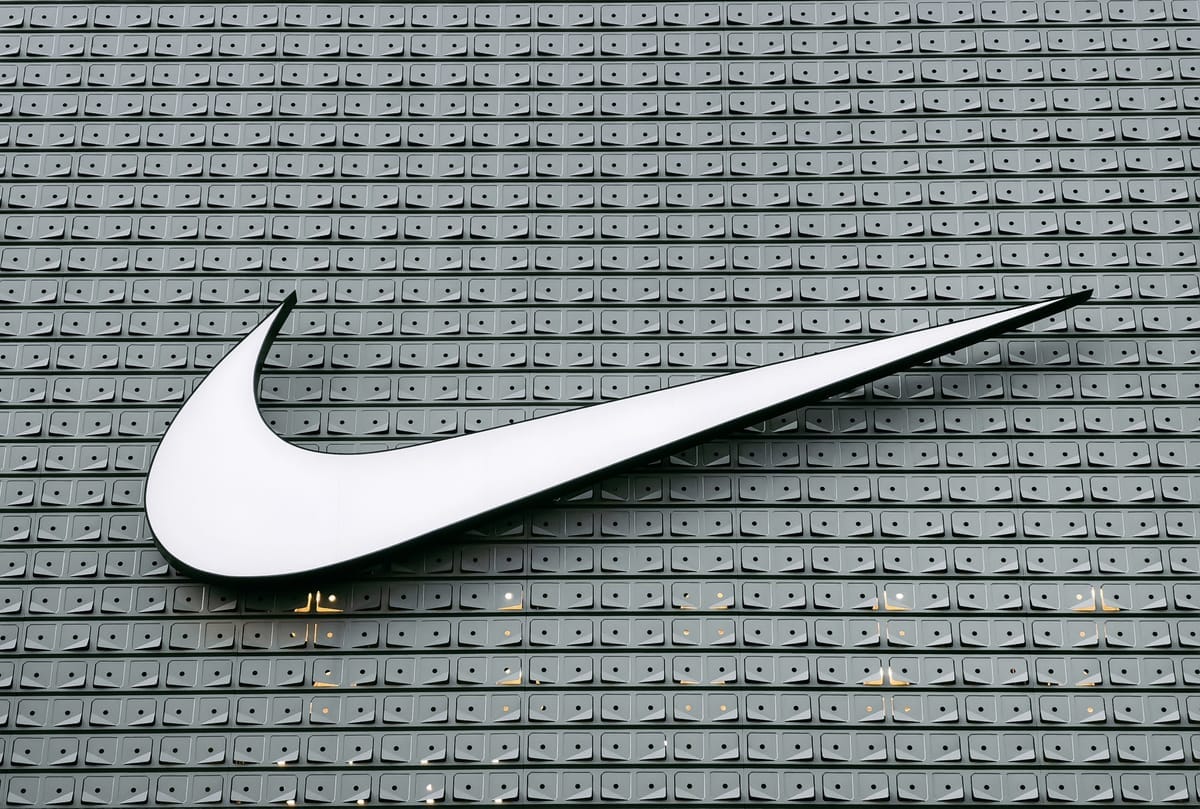Time to Reduce Orders in The Apparel Industry?

Nike recently downgraded its growth expectations, projecting sales to rise only ~1% this fiscal year along with cost-cutting initiatives underway. Given Nike's industry bellwether status, this signals cooling demand could spread across apparel, ushering in a growth moderation period after over a decade of expansion.
For apparel businesses, this shift calls for judicious preparation rather than business-as-usual approaches. With growth potentially slowing, inventory and expense planning can no longer run on autopilot based on rosy projections. It is prudent to pressure test forecasts, ready contingency plans and evaluate strategy adjustments to align with market evolution.
Whether an independent brand or large conglomerate, all operators should assess margin and working capital exposures if volatility persists. Refining demand planning, securing supplier flexibility and targeting the strongest segments could help buffer against deterioration.
The intent is not to be alarmist but realistic — fortune often does favor those who position themselves to navigate obstacles. By honing a strategy to meet evolving consumer habits and market dynamics, your business can build resilience regardless of what challenges materialize. We show you what to look out for in our article.
Bellwether Stock Performance Sounds Alarm
Nike stunned Wall Street when it reported in December that growth is slowing across key markets like North America and China. The previous forecast called for mid single-digit revenue growth annually; however management now expects just a ~1% revenue rise in the current fiscal year.
The company believes that demand has deteriorated enough that the current quarter, encompassing this year's holiday season, will yield flat to negative sales compared to last year's figures for the same period.
Moreover, future demand remains highly uncertain, with Nike's estimates projecting that sales will pick up only marginally quarter-over-quarter, rising just low single digits moving into 2024.
In response, Nike unveiled plans to cut costs by $2 billion over 3 years. Initiatives aim to streamline bloated management layers and increase automation. But restructuring is expected to be painful with imminent job cuts to eliminate bureaucracy.
Inventory Overages Threaten Margins
The athletic apparel giant’s troubles may signify broader appetite declines across retail categories. When sales slow unexpectedly, brands often confront excess inventory if purchasing fails to align with consumer appetite. Bulging back stock threatens working capital and forces companies to mark down prices, compressing margins.
Nike’s inventories swelled while sales only grew marginally in comparison. The imbalance indicates it may have overestimated demand. Other apparel brands could face similar stock buildups if growth projections don’t pan out. Excess merchandise floods shelves and distribution centers, sinking productivity. It also necessitates discounts to clear piles of unsold products.
- Overstocked inventory reduces the free cash flow available for operations.
- Liquidating excess apparel via promotions causes erosion in profit margins.
- Congested storage capacity constrains distribution and fulfillment.
Regional Performance Clues
Zooming out, businesses can extract key learnings from performance differences across geographic territories. While sales growth may be decreasing broadly when comparing current figures to last year's, particular regions may vastly outshine others.
There can be major contrasts even within the same company's regional results that all operators should note. Some developing areas may defy overall economic sluggishness if the growing middle class fuels continued momentum for branded goods. However, more mature regions where discretionary spending is less resilient often weaken faster when budgets tighten.
The takeaway is that consumer behaviors, preferences, and wallet share show enormous diversity globally. Businesses distributing products worldwide cannot take a one-size-fits-all approach to their expansion initiatives and marketing investments. Carefully evaluating sales trajectories, channel dynamics and competitive forces for each major geography will pay dividends.
Tailoring strategies to capitalize on regions poised to achieve stronger relative growth could bolster performance. It allows brands to divert resources from laggards towards hotspots aligned with demand. While worldwide macro conditions impact all players, those attuned to key differences across their target countries can outmaneuver deteriorating trends.
Apparel Firms Must Recalibrate Strategies
Nike’s candid warnings around reduced consumer demand and forthcoming job cuts signal that lean times may lie ahead industry-wide. Though external conditions largely remain out of their control, apparel companies can take proactive measures to strengthen their footing.
Those who haven’t already done so would be prudent to evaluate their forecast modeling methodologies. Are broad sales growth assumptions still realistic as consumers budget more tightly across the board? Does inventory purchasing align with the latest projections? Are contingency plans ready for implementation if targets get missed?
Getting demand planning right is pivotal. Tactics like improving statistical forecasting techniques, monitoring sell-through rates, and matching supply more precisely to anticipated needs could all help tame stock buildups should growth come in below expectations. Smarter inventory management alleviates margin and working capital pressures.
It’s also wise to build flexibility wherever feasible across planning horizons, supply chains, and organizational processes. More adaptable operating models are better equipped to adjust to fluctuations in end-market conditions. Tactical steps like increasing supplier diversity, securing short-term capacity agreements, and cross-training staff also buffer volatility.
Lastly, examining consumer behaviors closely and reallocating resources toward the fastest growth opportunities boosts resilience. Even amid downturns, certain categories, price tiers and sales channels will outperform others. Identifying pockets of relative momentum allows brands to double down on the most fertile avenues attuned to demand.
- Validate financial projections to confirm targets are still realistic.
- Improve demand planning to secure better inventory alignment.
- Incorporate flexibility across operations to manage variability.
- Chase the highest potential consumer segments driving market growth.
Declining Sales Hit Other Apparel Firms
Nike’s results now seem more like the rule than the exception based on subsequent apparel earnings calls. Other global luxury and apparel brands echoed similar slowdowns throughout 2023. Managements are responding by dialing back expansion plans, running leaner on operating expenses, and tightening inventories – smart moves to preserve margins.
More recently, on 4th January 2024, British sports retailer JD Sports also cut its guidance, causing its stock price to plummet.
The downbeat updates across premium and mass-market brands alike indicate that those operating upstream face risk too. Factories, vendors and raw material suppliers could suffer reduced orders if brands freeze expansion plans to contain costs amid the demand pullback. Businesses throughout the interconnected global supply chain should review exposures and tentatively plan for potential disruption spillover.
With industry juggernauts including Nike bracing for leaner times, apparel players of all sizes now face an inflection point. Though macro conditions remain outside their control, adjusting strategies to fit an evolving landscape could help determine who flourishes versus flounders. Agility and prudent planning are vital when headwinds howl.


